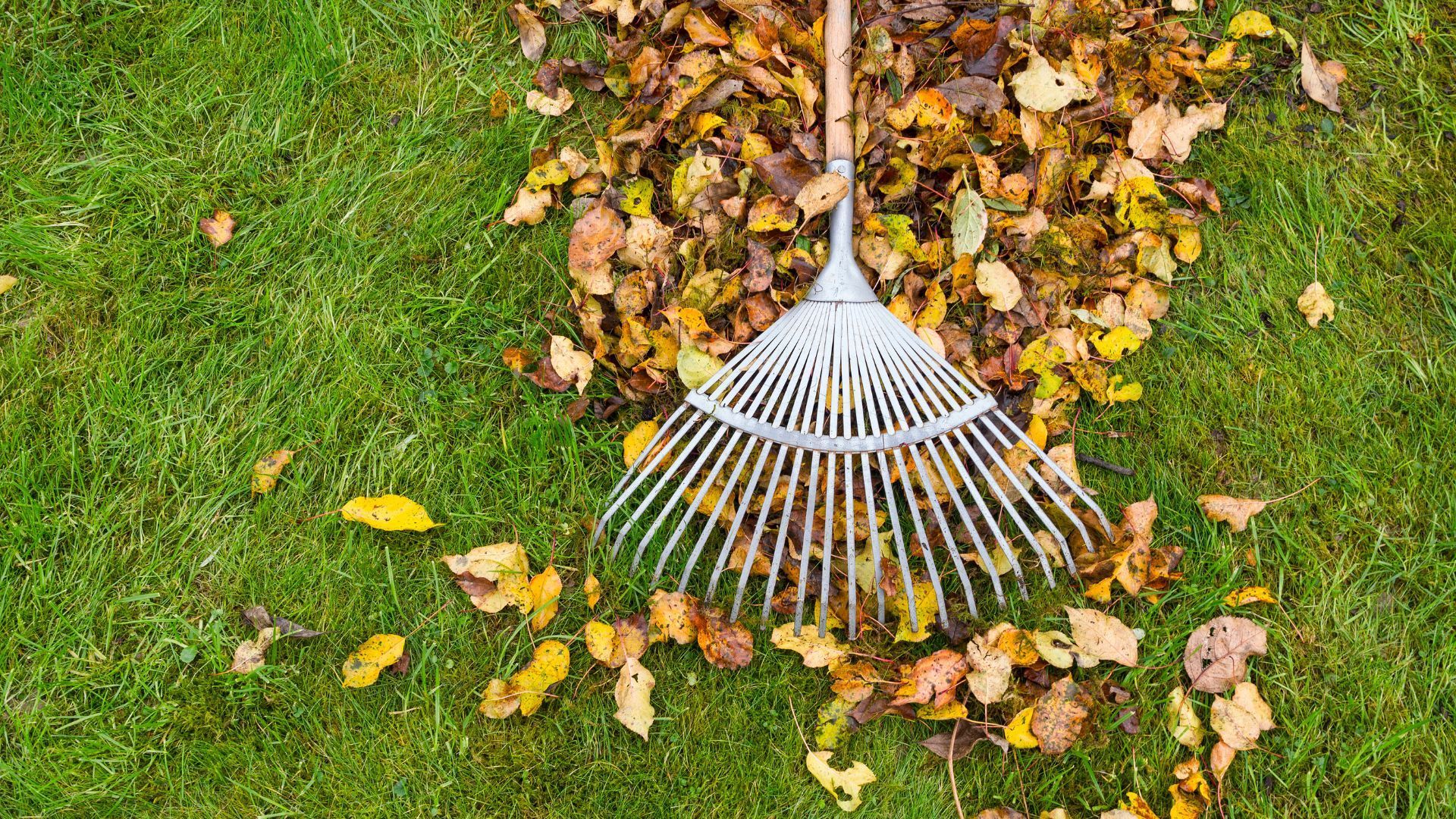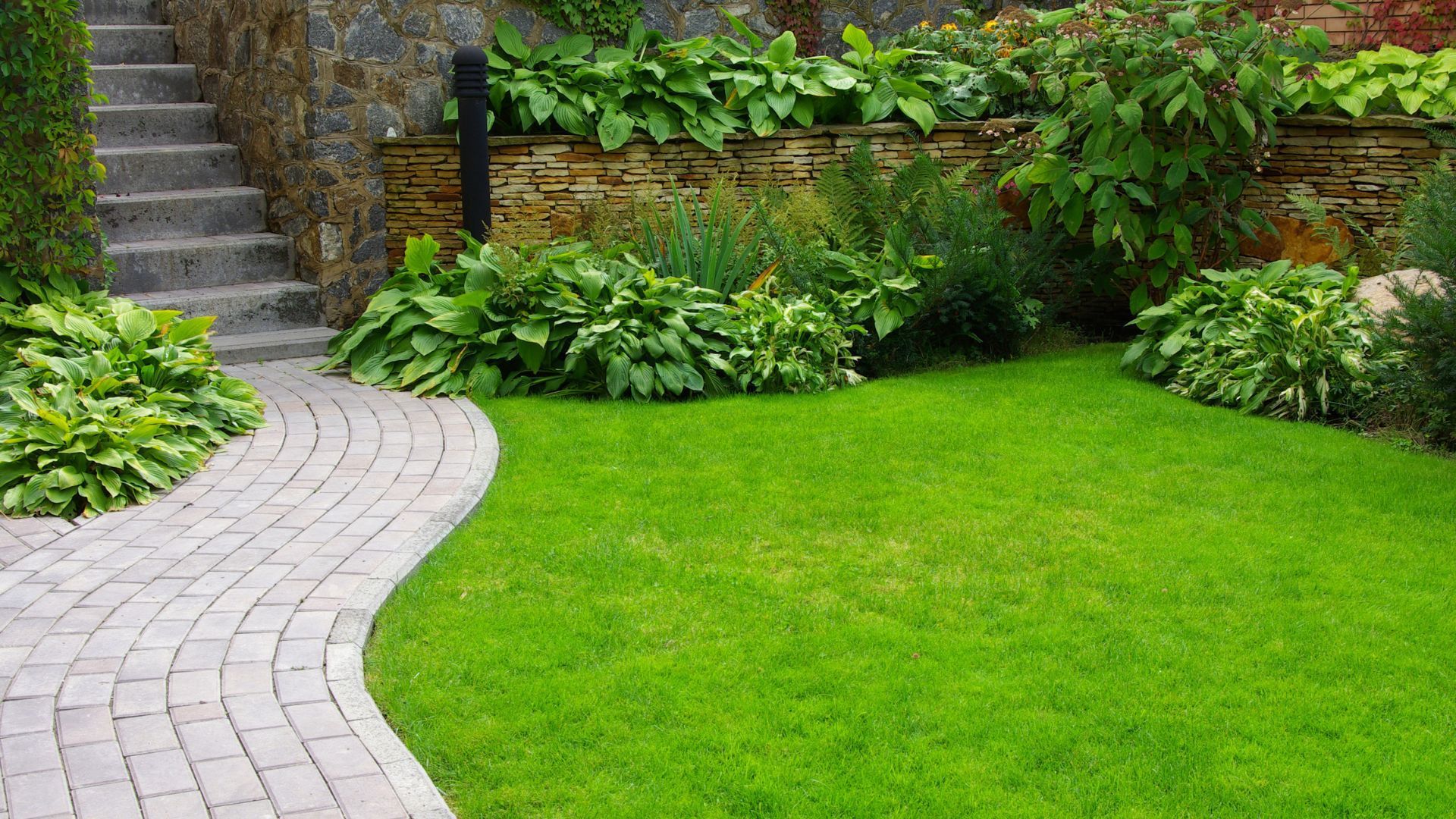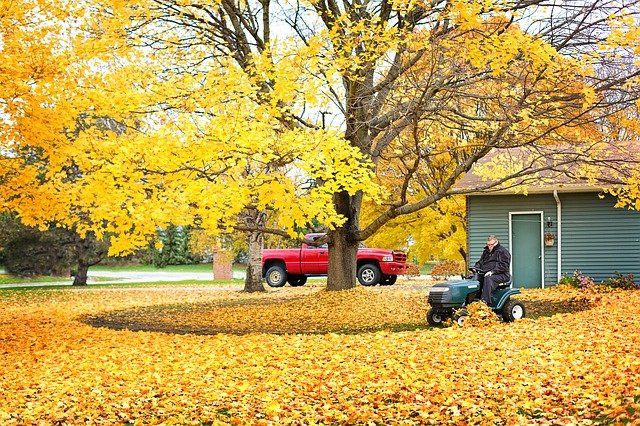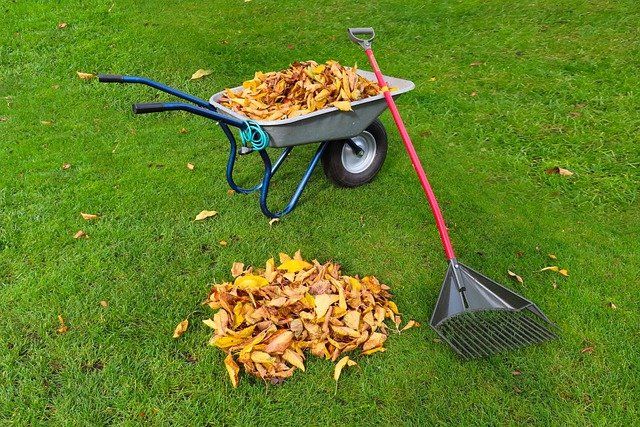What kind of landscaping can be done in the fall?
What kind of landscaping can be done in the fall?
To achieve successful landscaping, you need to keep your lawn healthy all year round. This is especially so because the weather keeps on changing, therefore affecting plant growth.
It is therefore essential to understand the changes we expect in the fall, since knowing this will enable you to take the necessary steps needed to keep your lawn healthy throughout this time.
Here are some quick facts you should know about.
- As the fall sets in, temperatures grow colder
- Around this time, the amount of sunshine plants get from the sun also reduces, which causes them to produce less food
- During fall, most plants change the colour of their leaves right before they fall off
By knowing this, you are now placed in a better position to know what your plants need during this time, so you can prepare them effectively to get through the season successfully. That said, here are…
The 5 most essential lawn care practices to carry out in the fall
Most people assume that spring is the best time to do your lawn maintenance. They fail to realize that the fall is a lot better because the temperatures make the soil optimally warm which in turn, increases your plants’ chances for healthier growth.
Once you embark on these 5 activities every fall, you are guaranteed to enjoy a healthier lawn close to four times more robust than the average Joes’ lawn. Let’s get right to it.
1. Lawn hygiene
Basically, lawn hygiene comprises a few activities which can easily be carried out. For instance, you can clean your lawn by raking out the dirt and dead turf that may have accumulated in layers in your lawn. Once the dirt has been collected, bag the organic matter, since it can still be used to make compost manure.
2. Lawn overseeding
Right after you rake your lawn clean, it is crucial to cast new seed onto it to replace the dead grass and fill up any empty spaces, contributing to a more robust lawn.
3. Lawn fertilization
Here, you could either go for organic or synthetic fertilizers. We recommend you use organic manure since plants are able to utilize it more efficiently than other types of fertilizers.
To do this, you just need to spread the leaf litter you collected and place a generous amount of it at the base of each of your trees and shrubs. By doing this, you drastically improve the soil’s fertility and water retention rate, leading to better healthier lawns.
4. Planting some fruits and veggies
Another activity that you could also consider doing is growing some non-conventional vegetables and fruits to spice up your outdoors and improve your nutritional security in one go. You could go for elderberries, rainbow chards, chokeberries, sumacs, winterberries, scarlet firethorn, or bayberries.
5. Plant both deciduous and evergreen foliage
Around this time, it would also be wise to think long-term and plant both deciduous and evergreen foliage like Mt. Fire Andromeda, hardy boxwood, and Delaware Valley White azaleas.
Typically, they are not affected by the cold. While at it, you can also consider planting some sargent crabapples, weeping cherries, and Japanese maples.
Conclusion
Though highly underrated, the fall is the best time for your landscape maintenance. Lucky for you, Landscaping Langley Ecoturf is among the most reputable landscaping service providers in Langley BC.
We offer fall lawn care and all other lawn-related services at reasonable prices. Therefore, if you ever need our services, visit our offices or reach us through our communication channels today. Together, let’s turn your outdoor space into a robust lawn.
You might also like



Get A Free Quote!
Contact Us
We will get back to you as soon as possible.
Please try again later.
SERVICE AREA
Contact Us
- Mon - Fri
- -
- Sat - Sun
- -


